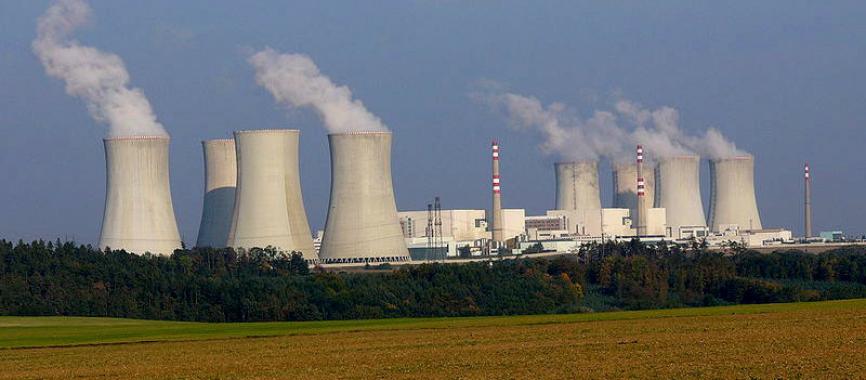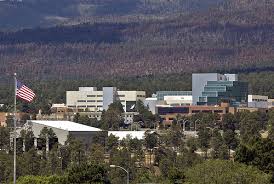New nuclear reactor designs are constantly being developed. Any design that will be built in the United States has to get approval from the NRC. That approval is a critical step in the construction of any new reactor. The NRC has just approved the design of the GE-Hitachi Nuclear Energy’s Economic Simplified Boiling-water Reactor (ESBWR) for use in the U.S. Once the new certification rule is published in the U.S. Federal Register, thirty days later the rule goes into effect.
The ESBWR is designed to generate about one and one half gigawatts of electricity. The design includes what is called natural circulating coolant. There are passive safety features involved which would be able to cool down the reactor automatically without human involvement in case of a malfunction or a serious accident. The design includes a taller reactor vessel, a shorter core and improved water flow through the vessel all of which serve to enhance natural circulation of water. It also includes an isolated condenser system that can control the level of the water and also dissipate heat from radioactive decay while the reactor vessel is pressurized. And, finally, if the reactor pressure falls, there is a gravity driven cooling system that will maintain water levels. GE-Hitachi first submitted the ESBWR design to the NRC in 2005.
The NRC carried out a thorough engineering evaluation on the design and issued a safety evaluation report in early 2011. There was a draft certification rule notice that was published following the report. Included in the notice were public comments and petitions being circulated by activists. Following the draft certification notice, the NRC requested additional information about the steam dryer in the design. The steam dryer prevents excess moisture from causing damage to the turbine that generates the electricity in a nuclear power plant. In May of 2014, the NRC issued a supplement to the original draft certification notice to take into account changes in the analysis of the steam dryer in the design. There were no public comments about the supplemental material added to the original draft certification notice.
The NRC is considering two combined construction and operating applications that include the new GE-Hitachi reactor design. Detroit Edison wants to add a third reactor to the Fermi plant in Monroe County, Michigan. Dominion Virginia Power is asking for a license to add a third reactor to the North Anna power plant in Louisa County, Virginia. It is expected that the NRC will issue a license for the new Fermi reactor in 2015 and a license for the new North Anna reactor in 2016.
In addition to the certification of the new ESBWR design, the NRC has certified four other new reactor designs. These include the Advanced Boiling Water Reactor, the System 80+, the AP600 and the AP1000. The Chinese are developing their own reactor design based on the AP1000. There are several reactor construction projects around the globe which involve the AP1000 design.
GE-Hitachi Nuclear Energy’s Economic Simplified Boiling-water Reactor design:







